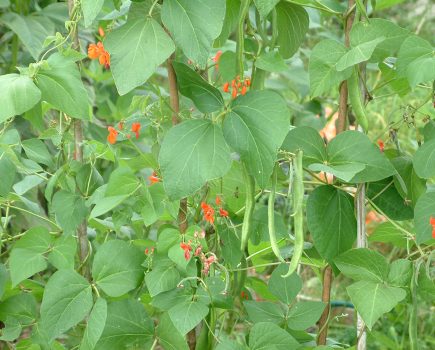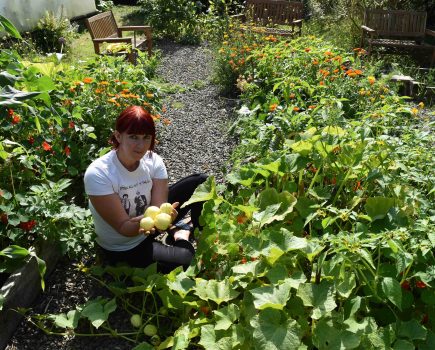Jack Smellie offers some tips on how to prepare your smallholding for the winter
There is plenty of winter preparation to be done on the smallholding at this time of year:
Forage
Ideally barns and sheds should be full of your predicted hay/haylage/silage and straw requirements by October/November and, assuming you have the storage space, you really want enough to keep you going through till March. If, like us, vehicular access in the winter is poor, getting those bales in is crucial before the land becomes too soggy. No two winters are the same, but we keep all-year round records of our hay/straw usage so we can sensibly predict the numbers we need.
Livestock numbers
Your winter numbers should be as low as practical. You don’t want the extra work or feed costs that come with carrying ‘additional passengers’; nor do you want the extra feet on your land. This is particularly important for poultry numbers just in case we have another avian flu lockdown – something that seems fairly likely, especially in high risk areas.
Water
Hopefully none of us will be short of water (definitely not in the South West), but making sure that you can collect it where you need it and direct what you don’t need away into ditches/drains, is crucial. The soggy summer has shown us several places where we need more drainage and convinced us to get bigger water tanks to collect the run-off from our field shelters/barns. Other water related preparations include checking, cleaning and fixing guttering and ensuring any hosepipes we use to fill containers are leak free.
Mud
We are a huge fan of woodchip to help stop that mud-creep. We have a woodchip goat path that allows our goats to get from the barn to their field shelter, an outside woodchip ‘cow pad’ attached to our winter cow sheds, and we also use woodchip in front of some of our field shelters. Now is the time to top all these up, not in the middle of winter when access is rubbish and the mud has started to win. It’s the same if you need to put hardcore down by any gateways.
Tools
You may not use as many tools/machinery over the winter, but what you do use needs to really be up for the job, so make sure everything is fixed, greased, sharpened as required and that you have enough of everything. We have one pitchfork by each barn/stable/shelter; that way we don’t have to carry them around or put the job off because we haven’t got what we need right there and then.
Land
You want to minimise traffic on the land as much as you can (animal and human) so make sure all equipment/feed etc is where you need it – no late night head-torch mud slides to retrieve that water trough you should have moved weeks ago. If, like us, you have to swap the quad for the two-wheeled wheelbarrow, make sure it’s accessible and ready to go: tyre pressures checked, dust caps in place, axles greased.
Husbandry
You will have more limping sheep, coughing goats etc, so make sure your medical/health box is winter-proofed. Talk to your vet and get in what you think you will need.
YOU
Don’t forget yourself! Make sure your wellies don’t leak, your coats are still waterproof, your torches are charged and that your other half has the kettle on, the fire lit and the hot chocolate brownies ready and waiting for when you get back inside!
Image(s) provided by:
Archant







